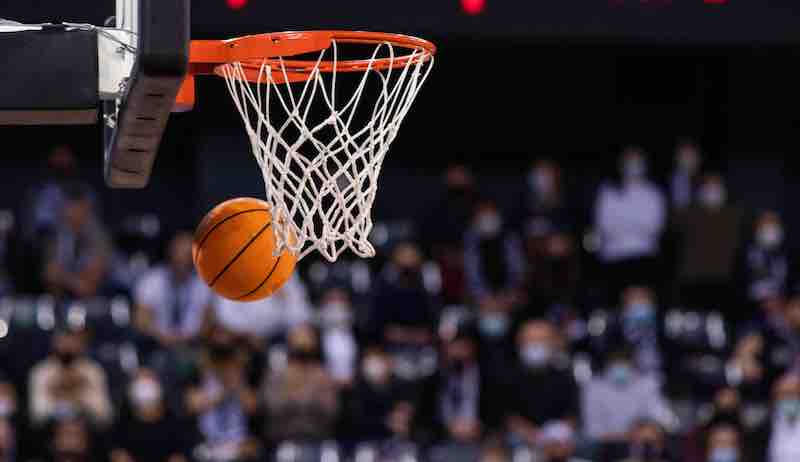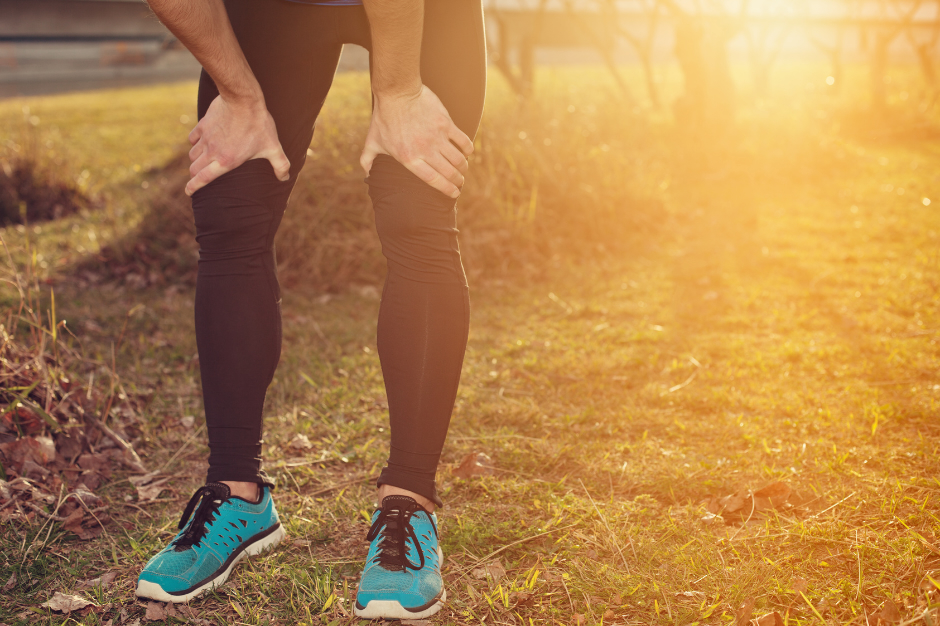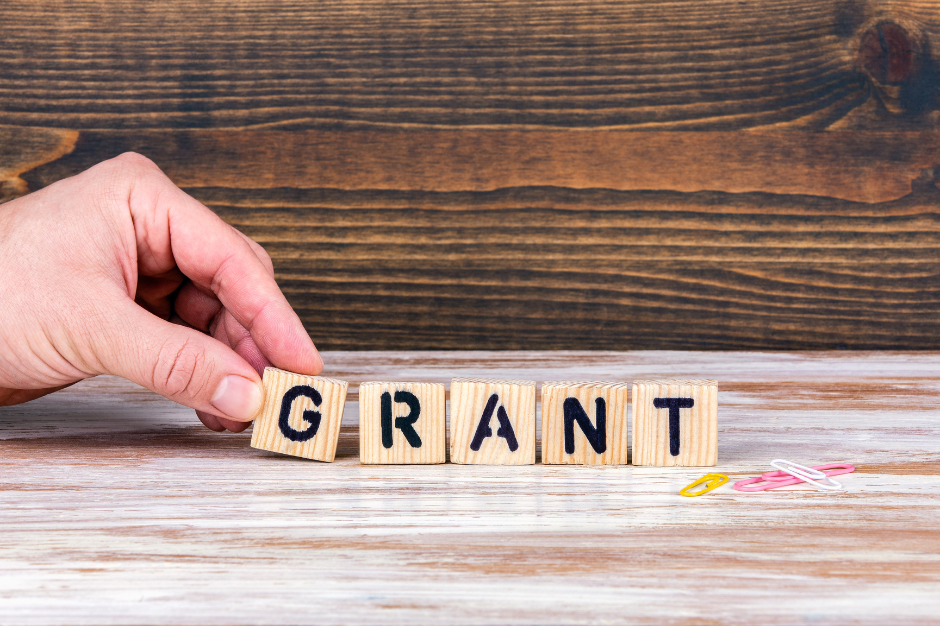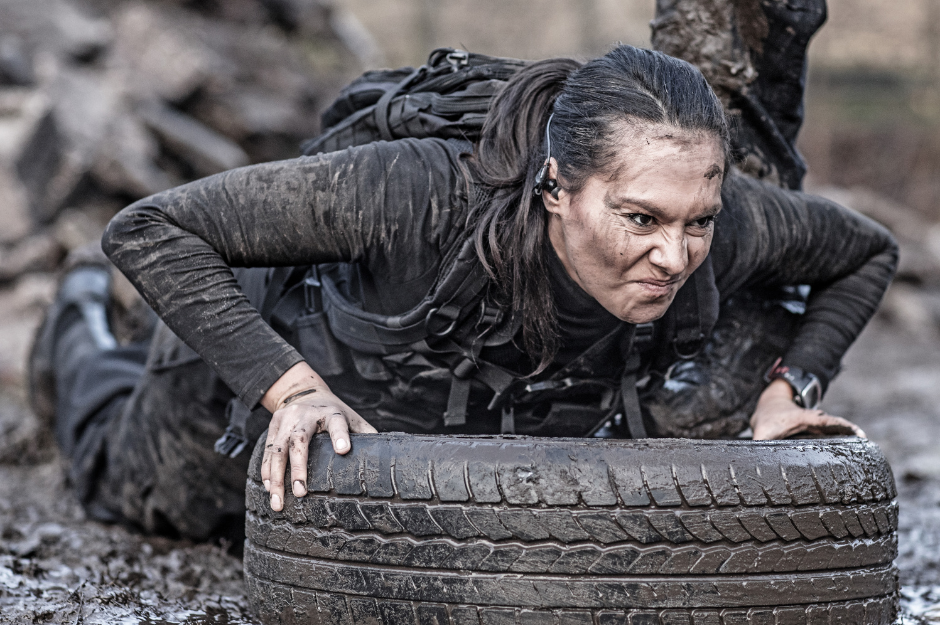Assessing workload relationship to neuromuscular performance of female basketball players
Collaborators
An athlete, standing on a force plate, quickly squats and jumps as high as she can – a countermovement jump. This jump is one of the most commonly used assessments to determine lower body power. But can this jump tell us more? Limited evidence exists regarding which jump-derived metrics are most sensitive toward fatigue or changes in workload exposure.
Additionally, there is lack of research on high-level female athletes, especially over extended periods of time, such as an entire season. Nicolas Philipp, from the University of Kansas Jayhawk Athletic Performance Laboratory, and his team aimed to bridge this gap by creating a study that established a relationship between external workload exposure, such as from jumping and changing direction, and neuromuscular performance over a complete female national collegiate basketball season. The study is published in the Journal of Strength and Conditioning Research.

“Our key findings suggested significant associations between external workload exposure and vertical jump-derived force-time characteristics,” said Philipp. If you’re interested in understanding the impact of an acute increase in workload (over 5 days), the force-time graphs during the braking phase of the jump were most sensitive. On the other hand, the effects of chronic changes in workload (over 20 days) were better reflected in the average braking velocity and the countermovement depth.
More importantly, the results suggest the importance of personalized analysis for more precise insights into neuromuscular responses. And though these findings could be used by basketball and potentially other sports coaches, Phillip added, “readers should use caution when generalizing findings to other populations, as results may differ. More research is needed on this end.”
This work was conducted by an Alliance Innovation Hub, which translates the Alliance’s scientific discoveries into practice to help improve the training, care, and performance of athletes. The Innovation Hub at the Jayhawk Athletic Performance Laboratory focuses on the rapid development and deployment of new approaches for optimizing performance for basketball players and other athletes. Co-authors include Dimitrije Cabarkapa, Stryder D. Blackburn, and Andrew C. Fry.
Read the scientific publication in the Journal of Strength and Conditioning Research.
Latest News

October 11, 2024
“Landmark” Mouse Model of Relative Energy Deficiency in Sport

September 3, 2024
Announcing the 2024 Agility Project awardees

August 27, 2024
Female trainees at risk of reproductive dysfunction during U.S. Army basic combat training
Get Engaged
Join our mailing list to receive the latest information and updates on the Wu Tsai Human Performance Alliance.
